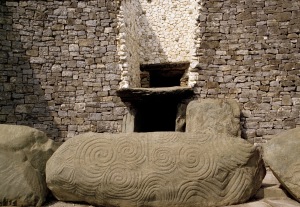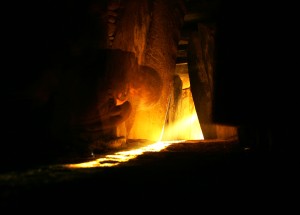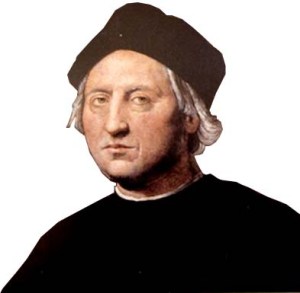
To ancient sky watchers, Christopher Columbus was old news
Ancient Astronomy – Humans have been looking upward at the stars in the night sky for tens of thousands of years, wondering where it all began. Prehistoric humans revered the earth and heavens above and used the stars as a guide. Thousands of years ago ancient astronomers in China and India spent whole lifetimes staring into the vastness of time and space, cataloging the patterns of stars in the night sky. By the time Christopher Columbus announced the world was round, it was old news to ancient sky watchers in many regions of the world.
Greek Astronomy and Astronomers

The earth is a globe (Pythagoras)
In the western world it’s believed the fifth century BC Greek philosopher and astronomer Pythagoras originated the idea of a spherical earth, but the possibility of this idea being borrowed from Egyptian or eastern sources exists. Two hundred years later another Greek, Aristarchus of Samos, affirmed the belief in the earth’s spherical shape. He also announced the earth spun on its axis and, like the other planets, revolved around the sun. It wasn’t until the third century BC that Eratosthenes, custodian of the library of Alexandria, used his knowledge of astronomy to measure with considerable accuracy the earth’s circumference and diameter.
Astronomers in India
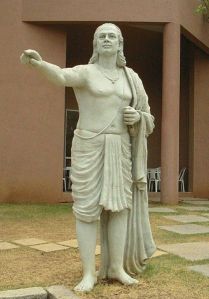
Ancient writings show that ancient astronomers of India had ascertained the spherical shape of the earth by the fourth century BC. Verses from the Sanskrit sacred books called the Vedas written in 3000 BC refer to a sun-centered universe. A universe ruled by the sun, moon, earth, sky and dawn, all deities to ancient astronomers in India, with attributes to match their natural ability. By the first century BC, it’s clear ancient astronomers and many common people in India knew the earth was spherical in shape.
Chinese Astronomers
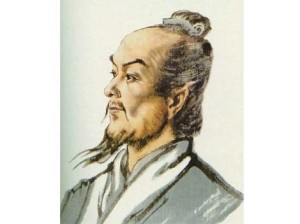
Chinese astronomy has roots at least 4000 years old and China is considered by most archaeoastronomers to be the oldest known star watching society on earth. Ancient Chinese pottery dated to 6,000 years ago shows scenes of the sun, moon and stars, even ancient Chinese records of the stars are depicted on bones and shells, but the oldest known evidence points back as far as 14,000 BC. Ancient Chinese astronomers were studying and cataloging the patterns of stars in the sky tens of thousands of years ago.
By the time Christopher Columbus announced to the western world the earth was round, this was old news to star watchers and astronomers in many of the most advanced regions of the world.
Watch this documentary on the History Channel about Christopher Columbus.
Read about NASA’s Messenger spacecraft and its mission to Mercury
Have you heard about the recent meteorite that exploded near the Ural Mountains




